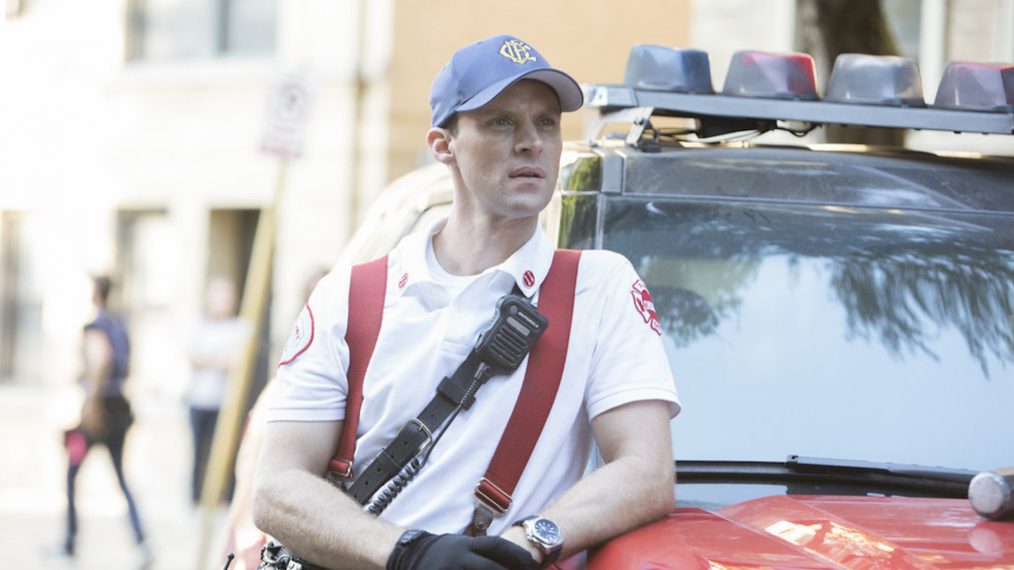

Robert Collyer spoke to his Unitarian congregation outside the ruins of Unity Church on Dearborn Street. On the first Sunday after the fire, the Rev. It was the main source of water for the city's understaffed fire department. When a burning ember struck the roof in the first hours of the fire, the Waterworks was quickly destroyed. Its wooden roofing shingles had been replaced with slate, but the structure itself was pine. The Waterworks, on Pine Street, was just such a building. Buildings often had a single layer of fireproof material on the outside, hiding the wooden structure beneath. On the first night of the fire, strong southwesterly winds fanned the flames high into the sky and created convection spirals, or "fire devils." Fire devils spit burning debris in all directions, causing more buildings to burn. Many of the city's wooden buildings and sidewalks had dried out in the summer's intense heat. Chicago's summer and fall in 1871 were unusually dry, with only one-fourth the normal amount of rain falling between July and October. While only 120 bodies were recovered, it is believed that 300 people died in the blaze. Ninety thousand people-one in three Chicago residents-were left homeless by the fire. The fire destroyed 17,500 buildings and 73 miles of street. Rain put out the fire more than a day later, but by then it had burned an area 4 miles long and 1 mile wide. From the barn at 137 DeKoven Street, on the city's southwest side, the fire spread north and east, into the heart of Chicago's business district. While there is little doubt that the fire started in a barn owned by Patrick and Catherine O'Leary, the exact cause of the fire remains a mystery.

The Great Chicago Fire started on the evening of Oct. Big businesses, innovative buildings, and a new style of architecture were the results.

The "Great Rebuilding" was the effort to construct a new, urban center. For more than 24 hours, the fire burned through the heart of Chicago, killing 300 people and leaving one-third of the city's population homeless. Conzen (Research assistance: Christopher P.On October 8, 1871, a fire broke out in a barn on the southwest side of Chicago, Illinois. Over the next twenty-two hours the fire finished off the business district, lakefront harbor, and a large wedge of the North Side as far as Fullerton, by which time rain helped it burn itself out.Īuthor: Michael P. Given the prevailing winds, the coalescing fires burned most of the western portion of the city center and a swath of the North Side heading north-north-east to the lakefront by 6:00 am the following day. Brands from there started other fires across the river near and in the business district, and by 2:30 am a flying brand started a fire on property north of the river. Ninety minutes later a burning brand, caught in the updraft, sailed over and landed on Bateham's Mills to the north, starting a second fire. Amid firefighting difficulties and official confusion the fire spread north and eastward. It all started in the O'Leary barn on a rear alley of DeKoven Street on the near West Side at 8:30 pm on October 8, 1871. The Great Chicago Fire was not one fire, but a succession of nine separate fires started by flying brands carried from earlier burning sites, which then melded into one relentless inferno.


 0 kommentar(er)
0 kommentar(er)
